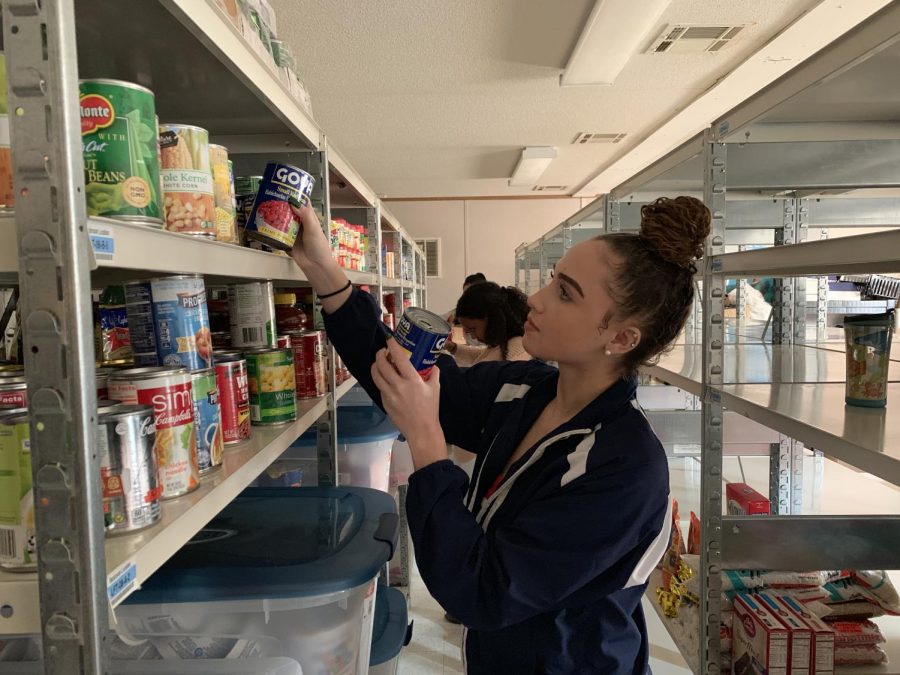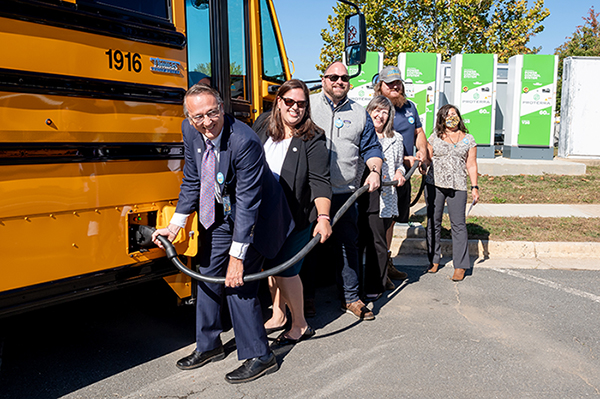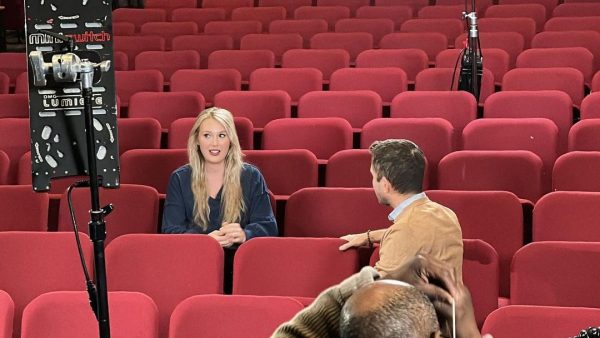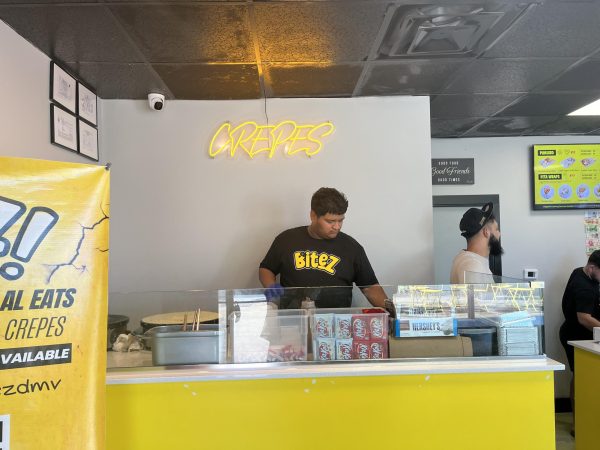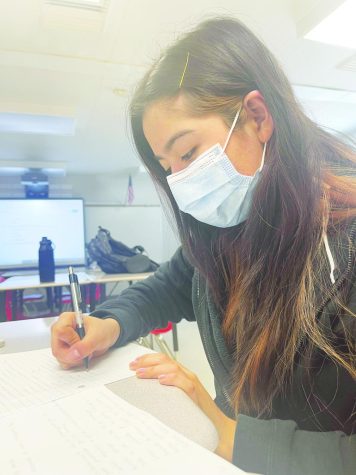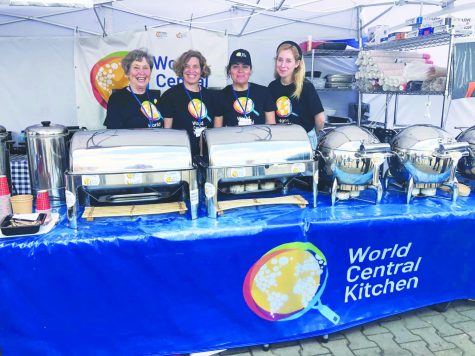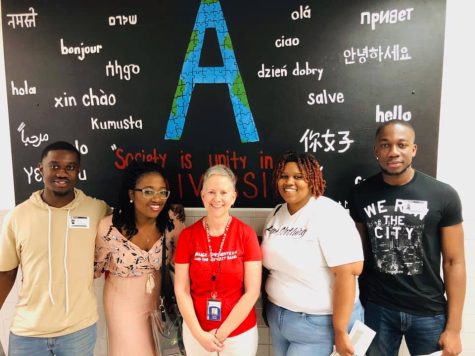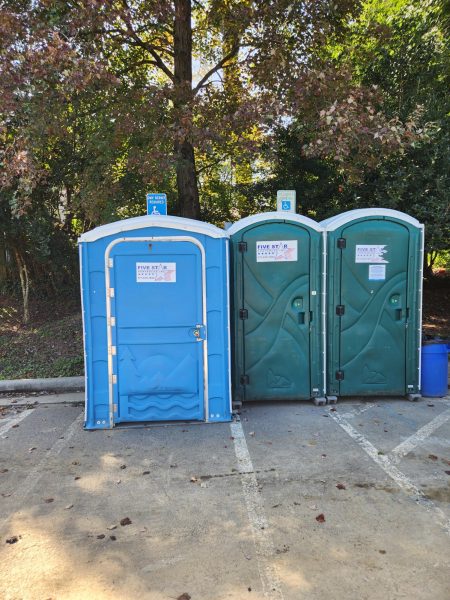Giving Back
Students battle against poverty
Leadership student senior Haley Moss restocks the food pantry at the Parent Resource Center during W4 on Wednesday, Dec. 12. Leadership has been collecting donations and organizing items that are available for student families and the community. Items available include non-perishable food and hygiene items.
This holiday season, many clubs and organizations are participating in activities to give back to the community in various ways. This typically includes holding food drives, donating items to local shelters and hospitals or even volunteering in disadvantaged communities.
Community service activities that take place around this time of the year are typically targeted at aiding poverty-stricken and deprived groups and individuals. However, issues addressed by giving back during this holiday season like poverty and food deprivation are present year-round and not just during one month of the year.
Last school year, the student body at AHS was comprised of nearly 2,100 total students. Of these 2,100 students, 61.3% or 1,286 students qualified and were eligible for free or reduced fees for priced meals. This number has been on the uptick since the 2015-2016 school year where just over 58% of the student population was considered eligible for free or reduced lunch.
As of 2017, over 75,000 persons were noted as living below the poverty line in Fairfax County, a poverty rate of 6.4%. This information reported by the U.S. Census Bureau in their American Community Survey from 2013 to 2017 found that the poverty rate from 2016 to 2017 had increased by 1% meaning approximately 12,000 more individuals were considered as living below the poverty line in Fairfax County.
Due to these statistics, there are a variety of resources available at AHS to assist in easing difficulties student families face in having access to basic necessities. The Parent Resource Center is a prime example of providing aid to needy families within the Annandale community.
Operated by Parent Liaisons Maria Delgadillo and Gisela Sanchez, the Parent Resource Center is key in supplying food, clothes and other needs to the community.
“Our role is to help serve the community and to help whoever is in need and is looking for resources,” Delgadillo said. “Our priority is to help families who really need support and the people who are really struggling within the community.”
Within the Parent Resource Center is a food pantry that was introduced just two years ago. Recently, the PTSA became involved in the pantry in attempting to maintain its organization and keep the pantry stocked.
“Our goal for the pantry is that it will assist and support our school community by helping alleviate some of the food insecurities that a portion of our student body experiences,” PTSA President Norma Foti said.
Food and items for the pantry are received via donations. Items are typically brought to the main office and placed in the donation cart which are then taken to the pantry in the resource center.
Another donation option is through the PTSA Amazon Wish List where items can be shipped directly to AHS.
Items available at the pantry are not only limited to non-perishable food but also personal hygiene items such as shampoo and deodorant, and household cleaning products laundry detergent.
Leadership students have been playing a pivotal role in assisting with the functions of the Parent Resource Center.
Multiple times a week, senior Leadership student Efrata Tecle makes her way to the Parent Resource Center during W4 and Pride Time along with other students. Leadership students help with sorting out the pantry and the clothing that is available as well.
“We want to make it so that it is organized and neat for students and families to look through whenever they need anything,” Tecle said. “The best part about helping out at the resource center is that we are helping students at our school and just seeing the great direct impact it has on the community.”
Students can pick up food from the pantry outside of school hours. Packs will be prepared for distribution at the end of the day on Monday, Wednesday and Friday for students who want to take food home. In addition to the pantry at the Parent Resource Center, there has been assistance provided since last school year by an organization known as SevaTruck. The organization is dedicated to helping eliminate food insecurity in the Washington, D.C. metro area through their Free Meal Service.
SevaTruck has partnered with schools of Title 1 status meaning schools with a student base where at least 40% come from low-income families. In addition to schools, the non-profit organization is also partnered with local food banks, shelters and assistance programs.
The food truck comes to AHS once a month and serves meals to students after school. The most recent visit from SevaTruck was on Nov. 28 where approximately 200 burgers were served using food donations from Elevation Burger.
“I think having the food truck come once a month has a really positive impact on the school and community,” senior Philip Barlow said. “It gives students a healthy option over eating junk food and also provides food in general to those who don’t have access to much.”
Clubs and organizations at AHS are giving back to the community by serving various causes. Mission Possible, a club in its second year, has organized and participated in multiple community service activities throughout the school year.
This holiday season, Mission Possible began collecting cereal boxes for their cereal drive. Students were able to donate cereal boxes that were then donated to the Arlington Food Assistance Center (AFSA).
“Although we live in a relatively affluent country, there are still families struggling to make ends meet due to high living costs,” Mission Possible president Maisha Maliha said. “Kids and families need a balanced breakfast to help them remain focused and satisfied throughout the day.”
Mission Possible sets a new goal at the beginning of each month relating to a cause. Previously, Mission Possible made crayons and collected children’s books that were donated to patients at INOVA Children’s Hospital.
The Key Club also took part in giving back this month by holding the annual blanket making activity on Dec. 3. Key Club members gathered in Clausen Hall and spent time crafting blankets that were also donated to local children’s hospital.
“The best part about blanket making is that club members get to work together to make a final product that will be donated to a good cause,” Key Club Vice President Alvin Kim said.
Prominent local issues ranging from poverty to homelessness to disabilities are matters that are constantly taking place. Organizations and resources should be focused on providing for groups and individuals affected by these problems year round and not just during the “season of giving.”
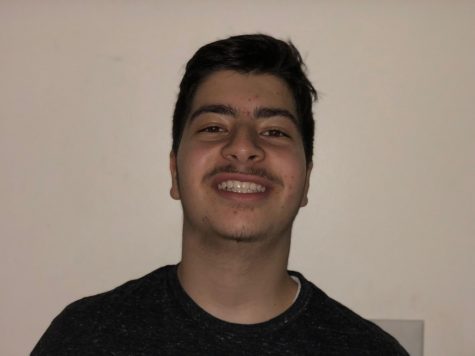
Senior Jude Nanaw is the current Co-Editor in Chief of The A-Blast. He has been on staff for four years where in previous years he has held the positions...



